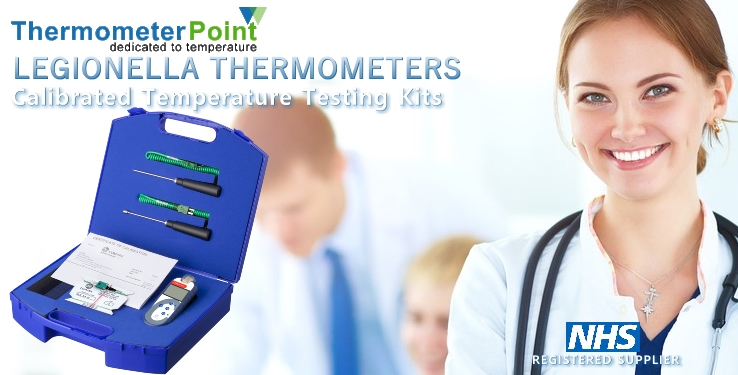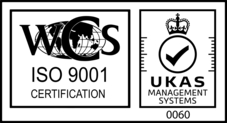 Loading... Please wait...
Loading... Please wait...- Sales Helpline Tel: 01704 330 315 Mon - Fri 8.30am to 1pm / 2pm to 5pm GMT
- My Account
- Home
- INDUSTRIAL & HVAC
- Legionella / Legionnaires Thermometers & Probes
Categories
Popular Brands
Legionella / Legionnaires Thermometers & Probes

Legionella is a bacteria found in water that can cause Legionnaires disease – a severe pneumonia infection – or Pontiac fever, also known as legionellosis, according to the CDC. An estimated 10,000 to 18,000 people are infected annually in the United States, according to the Legionella.org, but it is rarer in the UK, with most infections transmitted in travel, according the National Health Service.
The legionella bacterium spreads through inhalation of contaminated water droplets. It cannot be spread person to person and does not lead to infection in all cases of exposure. While it is found naturally in fresh water, exposure can cause illness. It grows best in warm water, particularly cooling towers used in air-conditioning units for large buildings.
Current legislation means that if you are the employer or person in control of premises, you must organise a risk assessment. The revised Approved Code of Practice (ACOP) issued by the Government's Health and Safety Executive (HSE) significantly extends the scope of its guidance on control of legionella bacteria in water.
The code now applies to all hot and cold water systems in the workplace regardless of their capacity, i.e. the lower limit of 300 litres previously used to exclude domestic systems no longer applies. Whilst domestic systems may represent a risk, the code only applies to risk arising from a work activity.
Health & Safety Executive Advice (HSE)
What you need to do
Health and social care providers should carry out a full risk assessment of their hot and cold water systems and ensure adequate measures are in place to control the risks.
Using temperature control
The primary method used to control the risk from Legionella is water temperature control.
Water services should be operated at temperatures that prevent Legionella growth:
- Hot water storage cylinders (calorifiers) should store water at 60°C or higher
- Hot water should be distributed at 50°C or higher (thermostatic mixer valves need to be fitted as close as possible to outlets, where a scald risk is identified).
- Cold water should be stored and distributed below 20°C.
Legionella bacteria can multiply at temperatures between 20°C and 45°C. So one of the ways to control the risks of legionella bacteria is to ensure that your cold water is cold below 20°C and the hot water is hot above 50°C.
A competent person should routinely check, inspect and clean the system, in accordance with the risk assessment.
You must identify 'sentinel' outlets (furthest and closest to each tank or cylinder) for monthly checking of the distribution temperatures. You should also check the hot water storage cylinder temperatures every month and cold water tank temperatures at least every six months.
Stagnant water favours Legionella growth. To reduce the risk you should remove dead legs/dead ends in pipe-work, flush out infrequently used outlets (including showerheads and taps) at least weekly and clean and de-scale shower heads and hoses at least quarterly. Cold-water storage tanks should be cleaned periodically and water should be drained from hot water cylinders to check for debris or signs of corrosion.
Legionella / Legionnaires Calibration
All Legionella / Legionnaires thermometers and probes will require regular calibration, we currently have some great prices for this service with prices starting at £27.00 for a three point calibration on one probe. Our calibrations for Legionella are done at 0° + 50° + 80°C to support the advised critical temperatures.
Visit our CALIBRATION SERVICES PAGE for full details
![]()


